Oppo K1 phone Review
Do you want to understand what NFC stands for? Have you read Oppo K1 review and catalogue and noticed some blurry things? If you want answers to these questions, and many more about Oppo K1 specifications, then you are in the right place.
Oppo K1 model status in the market is: Available. However, it is announced by Oppo company on 10/1/2018 and Released 2018, October.
Oppo K1 has 64GB 4GB RAM, and 3600 mAh battery life (the more mAh value gives more strength to the battery). When you purchase Oppo K1, you will gain 16 MP, f/1.8, 1/2.8″, 1.12µm, PDAF rear camera and 25 MP, f/2.0, 1/2.8″, 0.9µm selfie camera.
Oppo K1 comes with a 6.4 inches, 101.0 cm2 display size and Corning Gorilla Glass 5 as a scareen protection that is intended to protect the screen when the phone drops on hard and rough surfaces.
Oppo K1 has these software and hardware platforms:
* Android 8.1 (Oreo), ColorOS 5.2 OS,
* Qualcomm SDM660 Snapdragon 660 (14 nm) Chipset
* Octa-core (4×2.0 GHz Kryo 260 Gold & 4×1.8 GHz Kryo 260 Silver) Processor.
In this article, you will find Oppo K1 review which will sort-out the main Oppo K1 features that you need to make a wise decision about your new cellular phone.
Understanding The Body Specs By Reading Oppo K1 Review
When planning to purchase a new smartphone, the body parameters must be taken into consideration. These physical specs include body size, weight, and build. You can read Oppo K1 review in terms of the body characteristics in the lines that follow.
* Body Dimensions: 158.3 x 75.5 x 7.4 mm (6.23 x 2.97 x 0.29 in) which mean height, width, and thickness (depth) respectively.
* Body Weight: 156 g (5.50 oz).
For mobile phones, a weight between 140g to 170g is considered appropriate and suitable for most people.
* Body Build: Glass front (Gorilla Glass 5), plastic back, plastic frame.
The following body kinds of the mobile phone are available:
* Metal. Due to the fact that it is made of metals, it is the strongest in terms of protecting the mobile phone’s internal parts.
* Plastic. This kind might be more durable than metal because it doesn’t bend. Additionally, because it doesn’t shatter easily, it has a longer working life than a glass one.
* Glass. This type of smartphone’s body looks more shiny and appealing, despite the fact that the fragile nature of glass makes it more breakable.
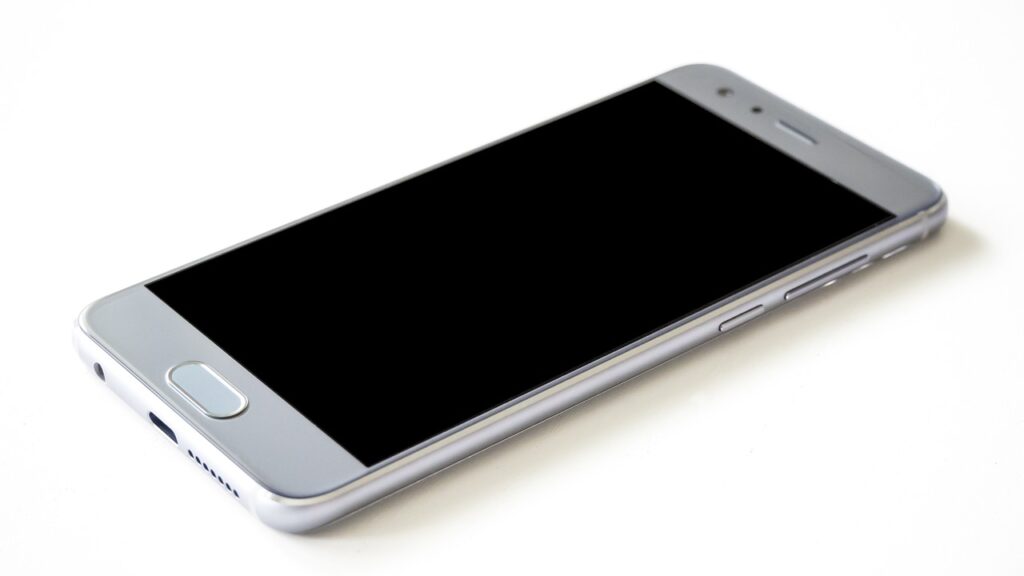
Does Smartphone Color Matter? – Oppo K1 Review
Black and white are likely the most popular colors for smartphone covers, however, businesses have continued to produce a wide range of other colors in an effort to attract more clients.
Oppo K1 comes in the following colors: Blue, Red, Silver Green.
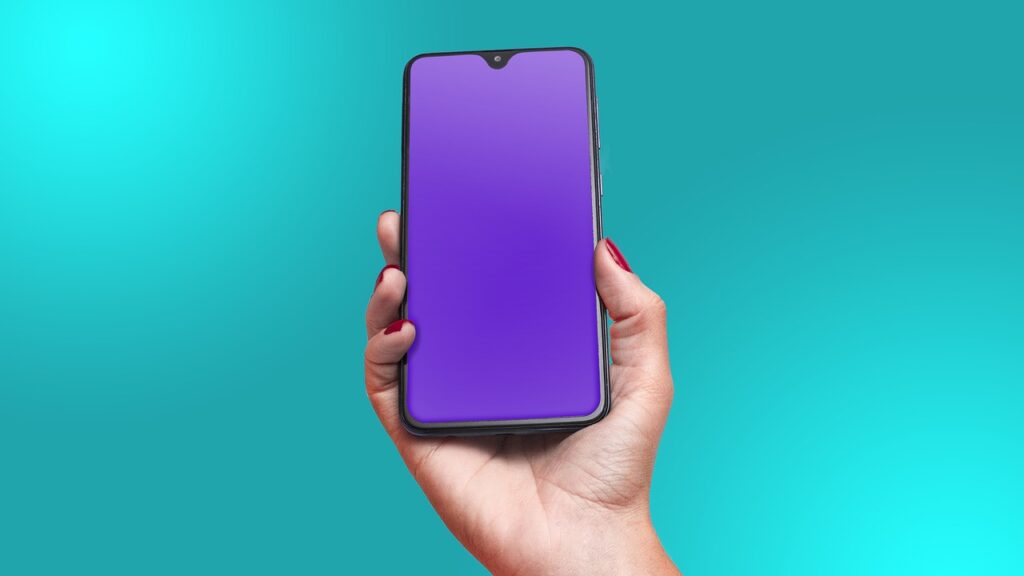
Oppo K1 Review of The Display features and Quality
A cellphone’s screen has always been a fundamental component. Still, ever since the advent of full-screen touch smartphone, it has become imperative for producers to provide the best display devices to consumers, it will enhance the viewing and gaming experience.
Read on to learn more about the main screen features of Oppo K1.
Display Type: Super AMOLED – Remember to go for a screen kind that offers more vivid colors and real black.
Display Size: 6.4 inches, 101.0 cm2 – These days, smartphones feature screens that measure between 4.7 and 6.5 inches.
Screen To Body Ratio: (~84.5% screen-to-body ratio). It provides the percentage of how much of the front side is covered by the screen.. Smartphones that have the largest screen to body ratio look delicate and give it a premium look.
Display Ratio: 19.5:9 ratio. the Aspect ratio is the relevance between the height and width of the smartphone screen. Taller aspect ratios like 19.5:9 is coming with the most modern smartphones, and it is suitable for web browsing, and other portrait orientation apps.
Display Resolution: 1080 x 2340 pixels. It is the clarity of an image video in details and sharpness. The pixel resolution for high definition screens is 1920 x 1080.
Display Density: (~402 ppi density). It is the number of physical pixels per inch on a screen, and is measured in Pixels Per Inch (ppi).
Display Protection: Oppo K1 comes with the following display protection:
* Corning Gorilla Glass 5
* Corning Gorilla Glass 5.

Oppo K1 Review – Understanding Camera terminologies and Specs
In the following lines, you will find Oppo K1 review about the main cameras.
* Main Camera Single: {16 MP, f/1.8, 1/2.8″, 1.12µm, PDAF}.
The following lines sort-out some of the symbols included in the camera spesc:
MP (Megapixels) is the resolution of the image taken by a mobile phone.
(f value) is the aperture of a lens indicates how much light it lets in. A bigger aperture lets in more light, and vice versa..
(mm value) This measurement is of the lens’s focal length, which affects the final image that is produced by your camera.
AutoFocus (AF) is the function of a camera to automatically focus on a subject.
* Main Camera Dual: 2 MP, f/2.4, (depth)
The main camera features are as follows:
HDR, panorama, 4K@30fps, 1080p@30fps main video camera.
In the following lines, you will see Oppo K1 review of the selfie camera:
* Selfie Camera Single: 25 MP, f/2.0, 1/2.8″, 0.9µm
The main camera characteristics are:
HDR, 1080p@30fps Selfie video camera.

Oppo K1 Review of the SIM Card
SIM an abbreviation for Subscriber Identity Module, and it’s a small plastic card that fits into your smartphone. It is an electronic chip is available in three sizes: Standard (Mini), Micro, and Nano, and it lets you connect to a cellular network. Then, you can make calls, send SMS messages, and use mobile internet services like 3G, 4G, and 5G. For more information about 3G / 4G networks, refer to Oppo K1 3G or Oppo K1 4G articles. However, you can use the cellular phone without a SIM to use some available applications on it, play games, and connect to a Wi-Fi network to explore the web.
This cellphone model comes with Dual SIM (Nano-SIM, dual stand-by) card. For more info, refer to How to insert SIM card in Oppo K1 article.
Here are the common SIM card kinds:
* Nano SIM. It is the smallest removable SIM card size, so it is the most modern one (other than eSIMs, which we’ll talk about it very soon) and it’s used by the vast majority of current smartphones.
* Micro SIM. They have a little bit larger chip, and they haven’t been utilized too often lately.
* Standard SIM (Mini SIM). It is the biggest SIM card size in use, and it’s the most seldom used.
* eSIM. It is an embedded SIM card, meaning that you can’t remove it from your cellular phone.

The Performance – Oppo K1 Review
This model has Qualcomm SDM660 Snapdragon 660 (14 nm) chipset.
Advanced embedded chipsets in cellphones allows the performing of many different tasks depending on their programming. They are built-in as part of the complete device including hardware and mechanical parts. The most famous chipset types are: QUALCOMM Snapdragon, INTEL ATOM, and MEDIATEK CHIPSETS..
Oppo K1 has Octa-core (4×2.0 GHz Kryo 260 Gold & 4×1.8 GHz Kryo 260 Silver) CPU.
CPU (Central Processing Unit) performance is necessary for the daily user experience. Thus, the higher the number of cores, and the higher the number of processing speed the better the performance will be..
Oppo K1 has the following GBU (Graphics Processing Unit): Adreno 512.
This chip is responsible for processing all graphics jobs. In fact, Users are now more familiar about the various GPU chip types included in cellular phone chipsets and occasionally take their performance into account when making purchases.
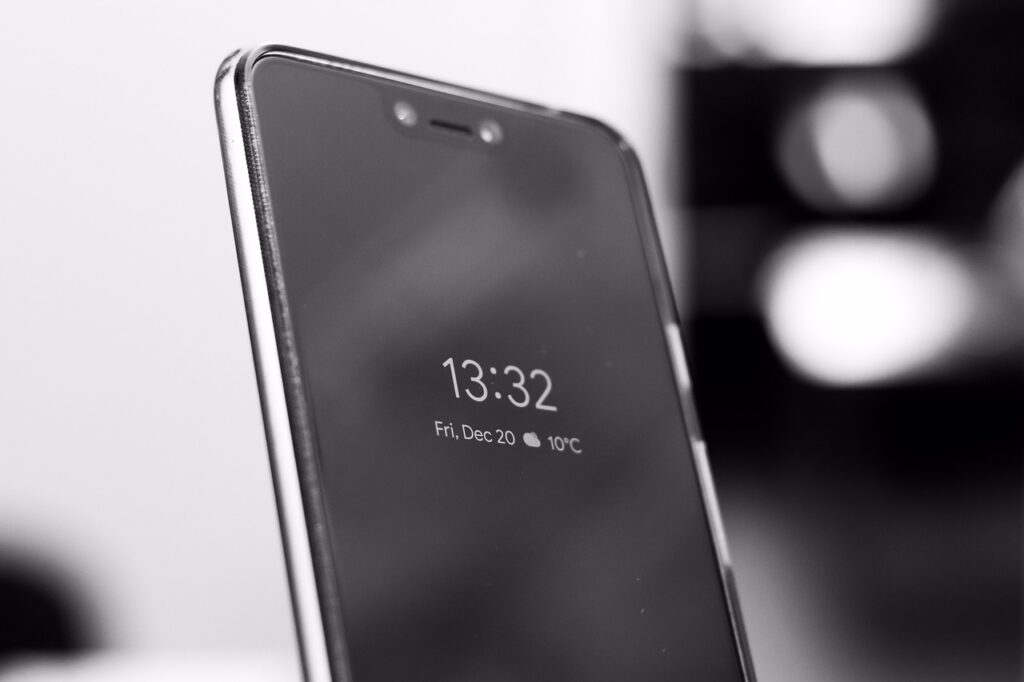
Oppo K1 Review of the Storage specifications and Capacity
One of the primary deciding factors when you want to buy a new smartphone is the size of storage it offers. Actually, Oppo K1 comes with microSDXC memory card slot, and the following internal storage: 64GB 4GB RAM – 64GB 6GB RAM
There are two types of phone’s memory:
Internal: It is built in the phone, and can’t be increased. Nowadays, the majority of cellphones have internal storage that is at least 32GB or 64GB and a few high-end models feature 256GB or 512GB.
External: It is a removable SD card used as an extra storage to store photos, music, videos, etc., regardless of the type of SD card slot.
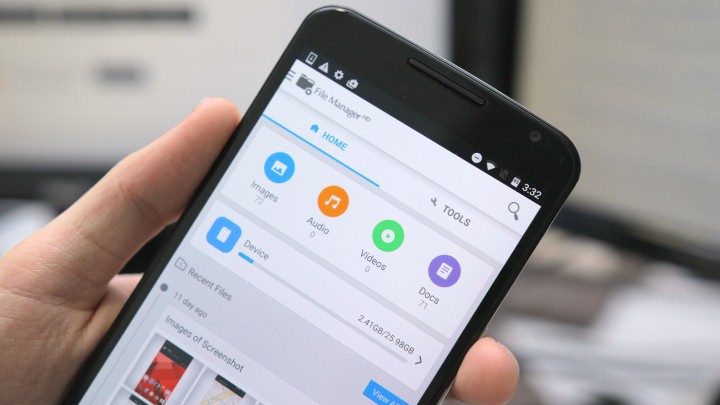
Oppo K1 Review – Mobile Networks and communication
The complicated architecture used by mobile networks covers base stations sending radio waves inside hexagonal zones known as “cells” (hence mobiles also being known as cellphones). In order to prevent any signal-deficient locations, thousands of cells overlap across several geographic zones. Three different network types available today: 3G, 4G, and 5G. These networks have the capability to pick up and deliver mobile communications as well as transmit and receive data and information.
Oppo K1 supports the following networks: 3G. For more information, refer to Oppo K1 3G article. – 4G. For more information, refer to Oppo K1 4G article.

Oppo K1 Review – Available Wireless Connections
This model comprises the following wireless connections:
* WLAN connection: {Wi-Fi 802.11 а/b/g/n/ac, dual-band, Wi-Fi Direct, hotspot}. Wireless Local Area Network uses Wi-Fi to communicate to the home or office wireless network using the local router and offers Internet access.
* Bluetooth connection: {5.0, A2DP, LE}. It is a common wireless communication protocol used to communicate two devices together over short distances, allowing them share data between different devices.
* GBS connection: {Yes, with A-GPS}.Global Positioning System enables cellphone to determine any position you need.
* USB connection: {microUSB 2.0, USB On-The-Go}.Universal Serial Bus is wired technology that allows users to connect two devices, such as a smartphone with a PC, to either transfer data or to charge the connected device.
* Features Sensors: {Fingerprint (under display, optical), accelerometer, gyro, proximity, compass}. The sensor is a device that detects and majors the changes in the nearby environment such as ambient light and motion.

The Operating System – Oppo K1 Review
This model comes with {Android 8.1 (Oreo), ColorOS 5.2} operating system.
PHONE Review – The Battery Main Specs
Nothing is more essential than the cellular phone’s battery, which powers these devices and grants daily life going. In the following lines, you will find Oppo K1 review of its main battery.
* Battery Technology: {Li-Ion}.
* Oppo K1 comes with {non-removable} battery.
* Battery Capacity: {3600} mAh. It refers to the amount of storage volume a specific battery able to provide. A battery with 3100 mAh capacity rating could supply a current of 3100 mA for one hour. Higher mAh ratings for the same battery type will generally mean more working time.
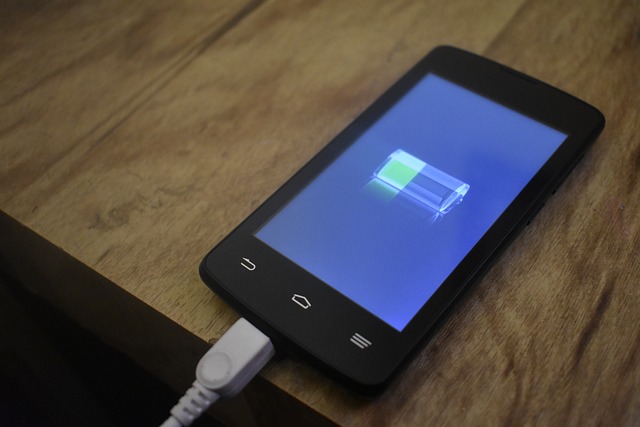
Oppo K1 Review – The Battery Secondary Specifications
In addition to the main Oppo K1 specs that we mentioned earlier, this model has more battery-related features that are relatively varied depending on the type of the cellphone. These specifications are as follows:

